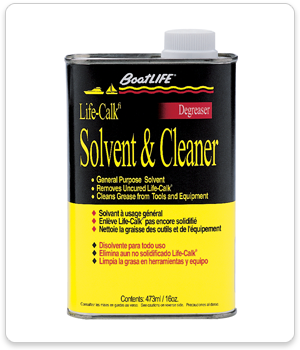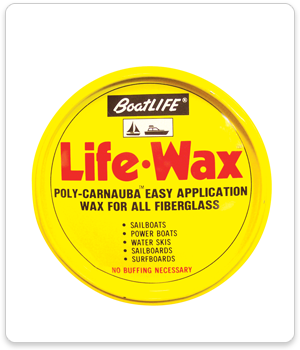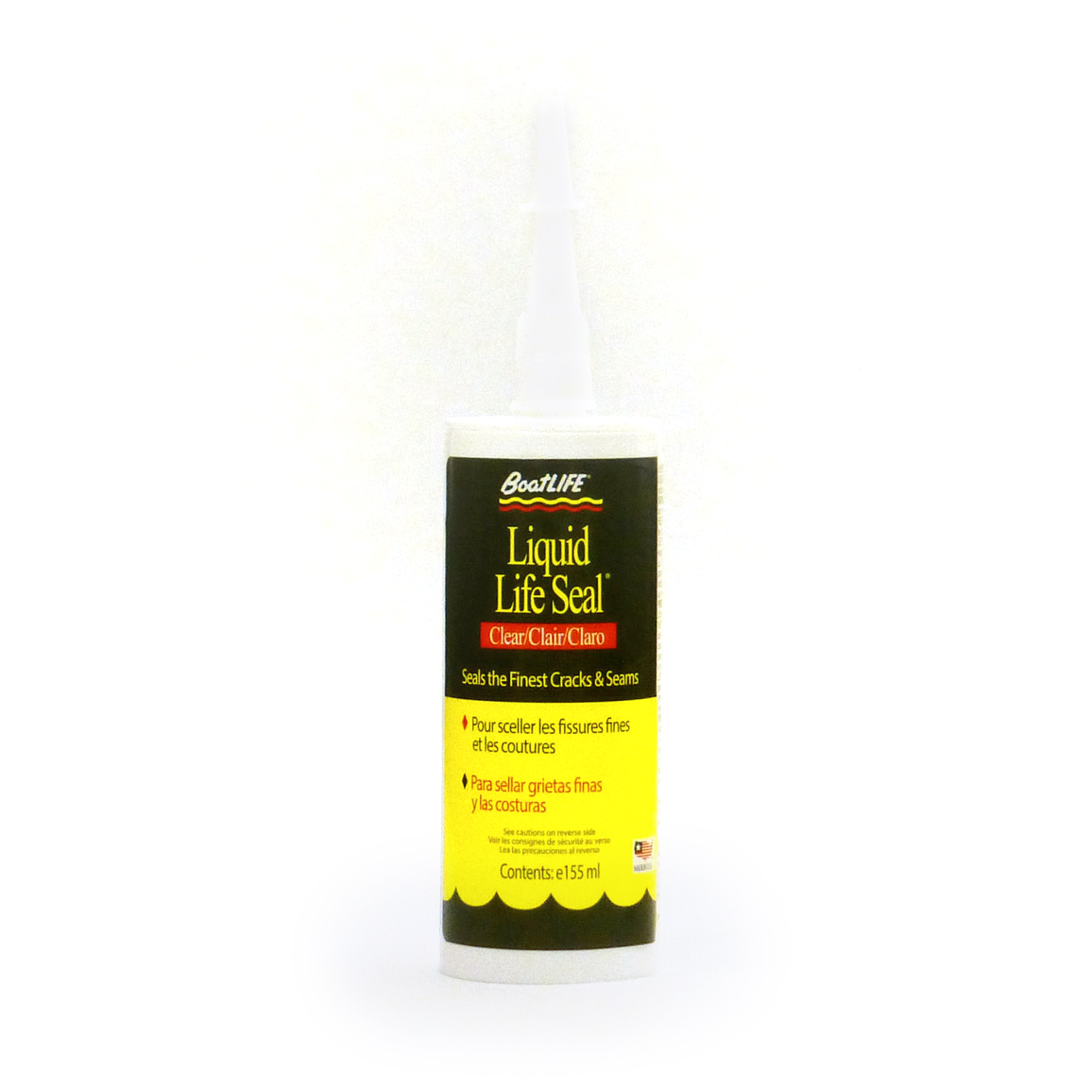
When it comes to fiberglass, there’s good news and there’s bad news. The good news: fiberglass is a strong material that’s ideal for boats in many ways, helping you get decades of enjoyment out of a single boating purchase. The bad news: fiberglass is so durable that it often outlives its own paint job. That means you’re likely going to need to have your boat painted or re-painted if you want it to continue looking its best throughout its lifetime. Here are our tips painting a fiberglass boat.
Step One: Clear the Way
 Usually, the tips here recommend waxing your boat for more protection on your boat’s hull. But when painting a fiberglass boat, that layer of wax over the gel coat can get in the way of proper paint adherence. Using a commercial solvent, you can remove the wax from your fiberglass and prepare it for a proper paint job.
Usually, the tips here recommend waxing your boat for more protection on your boat’s hull. But when painting a fiberglass boat, that layer of wax over the gel coat can get in the way of proper paint adherence. Using a commercial solvent, you can remove the wax from your fiberglass and prepare it for a proper paint job.
Consider purchasing our Solvent & Cleaner for this step. This cleans out your boat’s surface if you have any uncured polysulfide sealant, for example, and is safe to use on fiberglass.
Once you have the wax safely removed, you can use the opportunity to repair any dings along the fiberglass with Fix Repair Putty. Smooth it out and give it ample time to cure—the putty can be painted over easily. Keep in mind: you may have to use a power sander to fully smooth out the putty before painting.
Step Two: Apply the Primer
Getting paint to adhere to fiberglass for the long haul will require priming. Once your area is safe, clean, and dry, apply the primer (sometimes called a “tie coat”) over the gel coat. You can use either a brush or a roller for this, but the goal is to have a thin, even coat of primer everywhere on the fiberglass where you’ll end up painting.
Step Three: Paint
Finally, it’s time to paint. When painting a fiberglass boat that is smaller, you should generally be able to handle this yourself. Keep in mind, however, that many professionals will use multiple painters to ensure proper coverage and a thin, even coat. Typically, the first painter will use a roller to apply the paint while the second painter uses a tool such as a brush to give the coat its proper finish. If you’re doing the painting yourself, keep in mind that the goal is simple: a consistent coat.
Now comes one of the most difficult parts: waiting. Your boat should be in a well-protected, dry area for the time being.
 Step Four: Wax
Step Four: Wax
Only once your new coat of paint is dry will you be able to apply a product like Life Wax for its long-term protection. After your wax is applied, your boat should be freshly painted and protected from issues like the sun and debris.
Shop BoatLIFE Today
Browse the rest of our dedicated boat cleaning and maintenance products to find the essential materials to help keep your boat looking great. That will leave you free to enjoy a healthy fiberglass
hull—painted in a vivid color—for years to come.
Note: Always follow manufacturer’s instructions and always test on sealants for compatibility prior to painting the whole boat.



